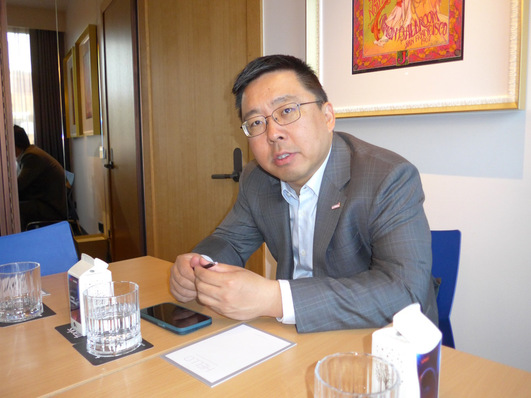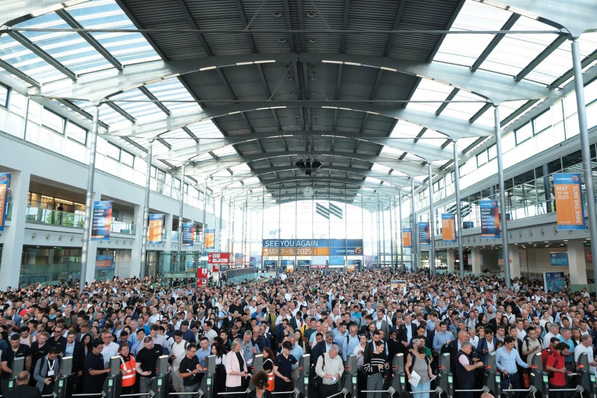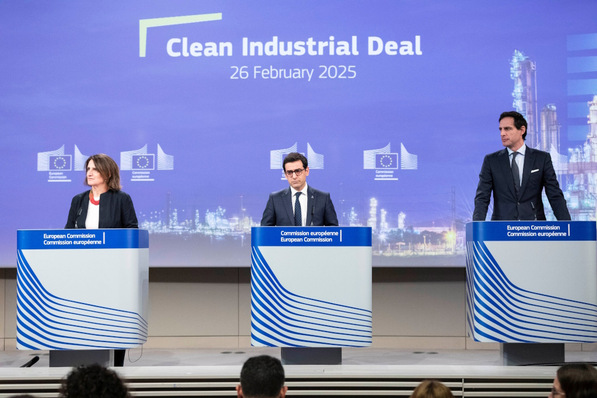In 2016 more than 35 percent of Germany`s electricity will come from renewable energy sources. Increasing the flexibility of the energy system through storage systems is therefore being addressed by science and industry at all levels. One focus is the development of storage solutions based on lithium-ion batteries for private households. These batteries are especially efficient and durable. To date, however, adequate standards and testing procedures do not exist for this technology. The Fraunhofer Institute for Solar Energy Systems ISE is now working on two research projects which address the aspects related to the acceptance and dissemination of the technology. The German Federal Ministry for Economic Affairs and Energy (BMWi) provides funding for both projects.
Particular focus on lithium-ion batteries
For the home electricity supply of the future, most experts currently assume that new types of storage will come into wide use. Particular focus is on lithium-ion batteries, which have a longer lifetime, better efficiency, higher provision of services and require less space compared to conventional lead-acid batteries. Besides their use in electric mobility applications, lithium-ion batteries are gaining popularity for use in stationary applications (grid-coupled and grid-independent). Synergy effects can be realized here that quickly lead to economies-of-scale effects although the storage requirements for the two applications differ
No long term experience for Li-ion stationary applications
Safety, a central issue for lithium-ion batteries, depends on different factors weighted according to the application. Heat localized over a small area at defects will dissipate slowly and can lead to material failure or fire in the worst case. There are many different approaches to ensure safety. The basic prerequisites are the selection of cells with high quality, a reliable battery management system and an efficient thermal management. Fraunhofer ISE has been working on lithium-ion battery research for many years. "Whereas lead-acid batteries have been tested in the practice for many years, lithium-ion batteries must first prove themselves in stationary applications in order to win the trust of consumers. Long-term experience is not yet been available and therefore cannot be applied,” says Dr. Matthias Vetter, department head of “PV Off-Grid Solutions and Battery System Technology” at Fraunhofer ISE.
Safe grid-supportive storage for households
In the joint research project, Fraunhofer ISE partners with the Karlsruhe Institute for Technology (KIT) and the Center for Solar Energy and Hydrogen Research (ZSW) to investigate the current safety, quality and grid suitability of commercial electricity storage systems for households. In the “SafetyFirst” project, the scientists will develop recommendations for manufacturers, standardization bodies and authorities based on their investigations on commercially available home storage systems for self-produced electricity. “Grid-supportive home storage systems based on lithium-ion batteries are becoming increasingly inexpensive and thus more attractive for the end user. Up to now, however, standardized, verifiable criteria for assessing the efficiency and safety of these systems has been lacking,” explains Stephan Lux, team leader at Fraunhofer ISE. “In the project ‘SafetyFirst’, our goal is to couple the safety guidelines for lithium-ion home storage with commercially available PV home storage systems in order to prepare future standards.”
Long-term tests for 20 home storage systems
In the project, 20 grid-supportive home storage systems undergo long-term tests, carried out on test rigs that imitate the actual operation in private households. Using special load profiles, it is not only possible to analyze the safety of new batteries direct from the factory but also at later aging stages. Data is collected on the safety properties, changing efficiencies and the expected lifetime of the storage systems. Complementary to the analyses on the home storage systems, singular lithium-ion battery cells are selected and analyzed at Fraunhofer ISE and at ZSW. Fraunhofer ISE analyzes and evaluates the aging properties of various cell types and the entire system in parallel. With this acquired knowledge, information about aging and safety can be collected in the future by merely performing short investigative tests. Based on the results in the laboratory, the research team compiles recommendations so that the properties of modern lithium-ion batteries are factored into the standards, test specifications and funding.
Safety of stationary storage systems for solar electricity
Fraunhofer ISE is additionally working on a research project, headed by TÜV Rheinland, on the topic of safety and reliability of PV systems with storage. The project “SpeiSi” investigates the safety of such systems, which are installed mainly with the aim of increasing self-consumption. In cooperation with TÜV-Rheinland, the German Section of the International Solar Energy Society and the Center for Solar Energy and Hydrogen Research (ZSW), weak points in the handling, installation and operation are analyzed within the project. “Existing regulations for stationary battery systems consider separate battery rooms for systems with emergency or back-up power or for systems with an uninterruptable power supply,” says Hermann Laukamp of Fraunhofer ISE. “The regulations must be adapted to accommodate a broader use of stationary energy storage with higher energy content like lithium-ion batteries in private homes,” supplements Georg Bopp, team leader at Fraunhofer ISE. Beyond, criteria for determining the performance of PV storage systems, among other things, shall be developed, allowing further information about the quality of the energy management to be gained.
Aging behaviour tests to prevent fire risks
Laukamp and his colleagues at Fraunhofer ISE are investigating three aspects affecting the safety of stationary PV storage systems. For one, a study was carried out on suitable storage technologies and their respective potential hazards. Secondly the probability of light arcs developing in the system and their detection – or better yet the avoidance thereof – was investigated. Thirdly the behavior of switching and safety devices undergoing pronounced cyclical stress was analyzed. In particular, the researchers would like to find out if the electrical connections become weaker in the course of time, which would lead to a higher fire risk. (HCN)
Related news:
8 expert tips for solar energy storage every home builder should know about







